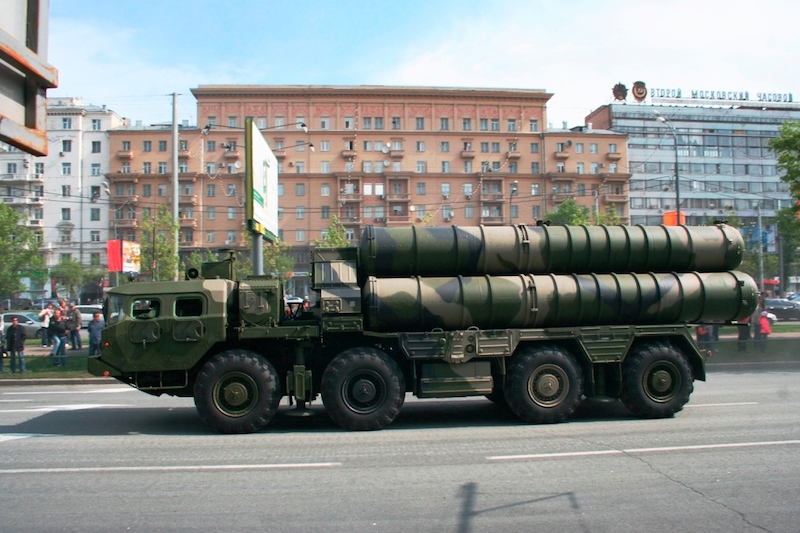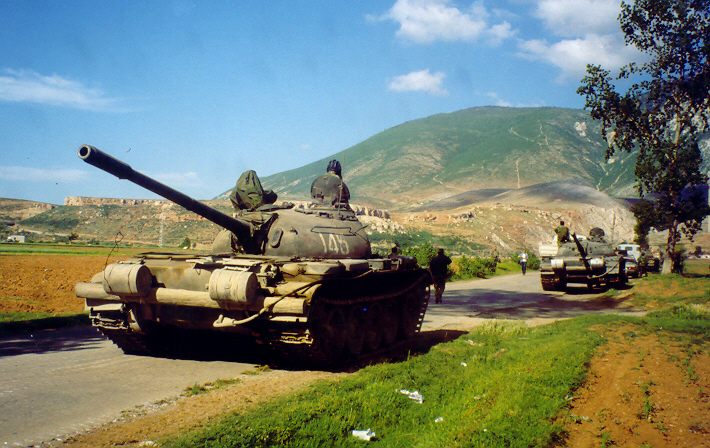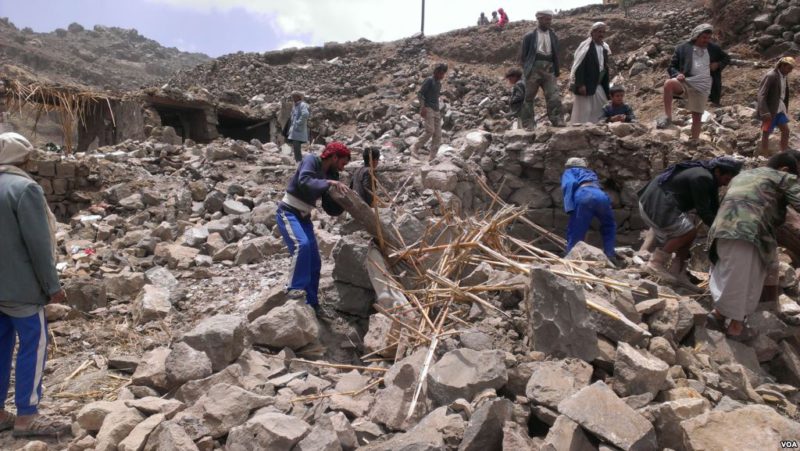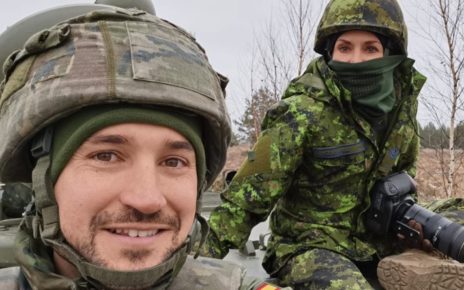A Joint CIS Air Defence System
The decision to create the CIS’s JADS was taken in 1995. Today, only six of ten original signatories remain active members: Belarus, Russia, Armenia, Kazakhstan, Kyrgyzstan and Tajikistan. The remaining four founding members (Ukraine, Georgia, Uzbekistan and Turkmenistan) withdrew due to either conflicts with Moscow or because they deemed participation in JADS to no longer be in their interest. Only Uzbekistan, an ex-CSTO member, still regularly participates in joint air defence exercises. The six members of the JADS are also members of the Collective Security Treaty Organization (CSTO). Similar to NATO, the CSTO ensures the collective defence of its members. It is, however, overly reliant on Moscow ‘s military strength and wrought with tensions between member states.
The JADS is comprised of various air defence units, including missile systems and aircrafts. In 2017, more than 2000 servicemen and 200 combat devices (along with S-300 & S-400 missile defence systems and various aircrafts such as the Tu-22M3, Su-27 & MiG-27) took part in the annual “Combat Commonwealth” exercises. According to the JADS’s Charter, the joint air defence is under the control of the CIS’s Air Defence Coordination Committee (operating within the CIS Defence Council). The Committee is chaired by the Commander-in-Chief of the Russian Aerospace Forces. The recent decision by defence ministers of the CIS to strengthen the JADS entails planning more exercises in order to bolster the system’s readiness.
Weapon Transfers
To strengthen the JADS, Moscow and its partners developed joint regional air defence systems. This allows for closer integration JADS states’ air defence forces, enabling quicker reaction time while ensuring Moscow can better coordinate and command joint forces. Till now, three regional air defence systems have been formed: Russia signed an agreement with Belarus in 2009 (Eastern Europe region), with Kazakhstan in 2013 (Eurasian region) and with Armenia in 2015 (Caucasus region). Moscow has not yet signed similar agreements with Tajikistan and Kyrgyzstan, probably because of the pitiful state of the latter’s anti-aircraft defence.\
As part of these regional air defence systems, Russia provided its partners with very low-cost S-300 air defence missile systems, whose procurement would otherwise be almost inconceivable. According to the SIPRI’s weapons transfer database, Moscow gave five S-300PS/SA-10B systems to Astana in 2013 and four S-300PMU-1/SA-20A systems to Minsk in 2014. The Kremlin has yet to make such transfers to Armenia, Tajikistan or Kyrgyzstan, but its occurrence in the near future is probable. While all other JADS member are interested in the new S-400 Triumph missile system, which can intercept a wider array of projectiles/aircraft, Moscow is reluctant to transfer such systems to its partners. It prefers selling the S-400 to strategic partners such as Saudi-Arabia, who are willing to pay full price for the missile defence system.
Whereas some go so far as to claim that strengthening the JADS will protect the CIS from the US’s Prompt Global Strike project, such claims are greatly exaggerated: S-300 systems would be unable to protect the CIS’s territory from hypersonic missiles. Rather, the S-300 missile defence can protect the CIS’s territory from conventional aircraft or drone intrusions while also defending it from conventional cruise and ballistic missile strikes.
A Buffer Zone for Moscow?
Moscow gains multiple advantages from the JADS. The first is a creation of a buffer zone through which any intruder must fly over to reach the Russian inland. In case of a conflict with NATO or an Asian country, JADS provides the Kremlin with the possibility of hindering an adversary’s intrusion, thereby granting Moscow valuable time to prepare a response.
The second is greater strategic control over its allies: it gives the Kremlin an additional reason to justify the presence of troops on the territory of its partners. These troops ensure that their host nation will not try to break away from the Kremlin’s grasp in the event of a crisis, only to fall into the West’s arms. Russian troops are already present on Armenian and Kazakh territory. Moscow furthermore signed an agreement with Erevan in 2010 to protect Armenian soil in case of foreign aggression. Unexpectedly, it is the relationship between Minsk and Moscow which is often fraught with tensions. Whereas Belarus views Russia as its closest strategic ally, it still tries to preserve its own sovereignty and prevent an excessive Russian presence on its territory. Consequently, Lukashenko refused to host a Russian air-base on Belarussian territory in 2015, claiming only air craft were required. Minsk ultimately prevailed in this dispute and is scheduled to purchase at discount price from Moscow several Su-30SM multirole fighter jets.
Whereas Moscow’s partners get access to weapon systems they would be unable to purchase on their own through the JADS, the Kremlin reaps the most benefits from the CIS’s joint missile defence. Simultaneously granting Russia a buffer zone and better control of joint forces, it also allows Russia to supervise its strategic partners. What more could the Kremlin ask for?
Photo: Russian S-300 launcher during the May military parade in 2008 via Wikimedia Commons. Licensed under CC By 3.0
Disclaimer: Any views or opinions expressed in articles are solely those of the authors and do not necessarily represent the views of the NATO Association of Canada.




